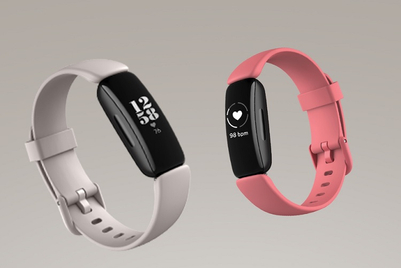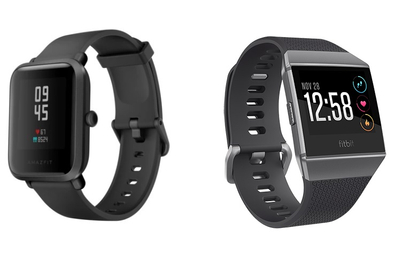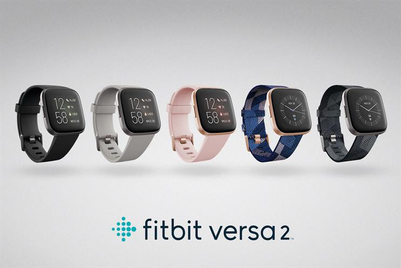Ahead of the Apple Watch and other wrist-hugging contenders, Fitbit is shoring up its dominant position in the wearable fitness device space.
The brand has launched its first global advertising campaign, titled "Find Your Fit." Fitbit VP of Global Marketing Tim Rosa told Campaign the new branding push focuses on how its range of offerings match the eclectic needs of different athletes.
"We control 70 percent of the market share, so there is already a lot of awareness," Rosa said. "Our campaign is meant to communicate that fitness means different things to different people." Fitbit is active in 48 countries.
The three featured products are Fitbit’s new Charge, Charge HR and Surge — wearable devices intended for different levels of athleticism. The high-end Surge is a smartwatch that let users monitor calls and texts and control music.
The global campaign, created by San Francisco’s Argonaut, gets ahead of a wave of wearable devices from Apple, Microsoft and other technology heavyweights. According to some estimates, 13 percent of consumers will purchase a wearable health or fitness device in the next year. Nike and Apple recently entered into a partnership to manufacture wearable devices together.
Argonaut co-founder and Chief Creative Officer Hunter Hindman told Campaign the team is well aware of the field of contenders. "We relish the competition," he said. "We believe all ships will rise with the tide."
Fitbit and Argonaut have been working on the campaign for nearly a year. The 15-, 30- and 60-second spots show an eclectic group of people participating in a variety of physical activities at diverse locations. The assortment is in line with the "find your fit" philosophy, but it also serves another purpose.
By choosing activities ranging from the mundane to the off the wall, Argonaut thinks the campaign will appeal to the widest demographic possible. The spots show that whether people are joggers or trapeze artists, Fitbit has something for them.
"We have an amazing treasure trove of activities," Hindman said. "We have to really regionalize it and create something that is representative of all the countries where it will air."
A modular approach to messaging
The campaign was designed to be "modular," so it can be adapted to different geographies and media.
"It’s fully localized, not just in terms of language but in terms of content," Rosa told Campaign.
Fitbit’s advertising challenges go beyond appealing to different cultures. Because there are so many ways for people to view what fitness is, it has to appeal to multiple subsets within each culture.
"You can have female millennials and male baby boomers using the same product, but for very different reasons," Rosa said. "That’s why it’s designed so we can swap things around. For instance, the content you will see on Bravo will be different than the content you will see on ESPN."
Rosa noted that the music was created especially for the campaign in order to elicit specific response via various media. The music in the 60-second spot for cinema and the music in the 15- and 30-second television spots are drastically different.
"It’s all very specific to the medium," Rosa said. "It’s all really custom and unique. The music is a really big part of the campaign as what we’re communicating through it."
In addition to original music and a wider range of featured activities, there are no actors in the spots. It’s all real people doing what they love to do.
"Authenticity was very important to us," Hindman said.
The campaign is a unique opportunity for a young company to show the world that it’s the most experienced in its category. It’s also a chance for a young agency to show off its chops.
"We’ve been doing this for a long time," Rosa said. "This is all we do, this is all we know, this is all we’re focused on. The category is getting much more competitive. We feel like we have an established brand. We have mass awareness with consumers. And so we’re making an aggressive push to scale the brand and scale the business."
(The article first appeared on CampaignLive.com)



.jpg&h=334&w=500&q=100&v=20250320&c=1)

.jpg&h=334&w=500&q=100&v=20250320&c=1)
.jpg&h=334&w=500&q=100&v=20250320&c=1)


.jpg&h=334&w=500&q=100&v=20250320&c=1)






.png&h=268&w=401&q=100&v=20250320&c=1)
.png&h=268&w=401&q=100&v=20250320&c=1)


